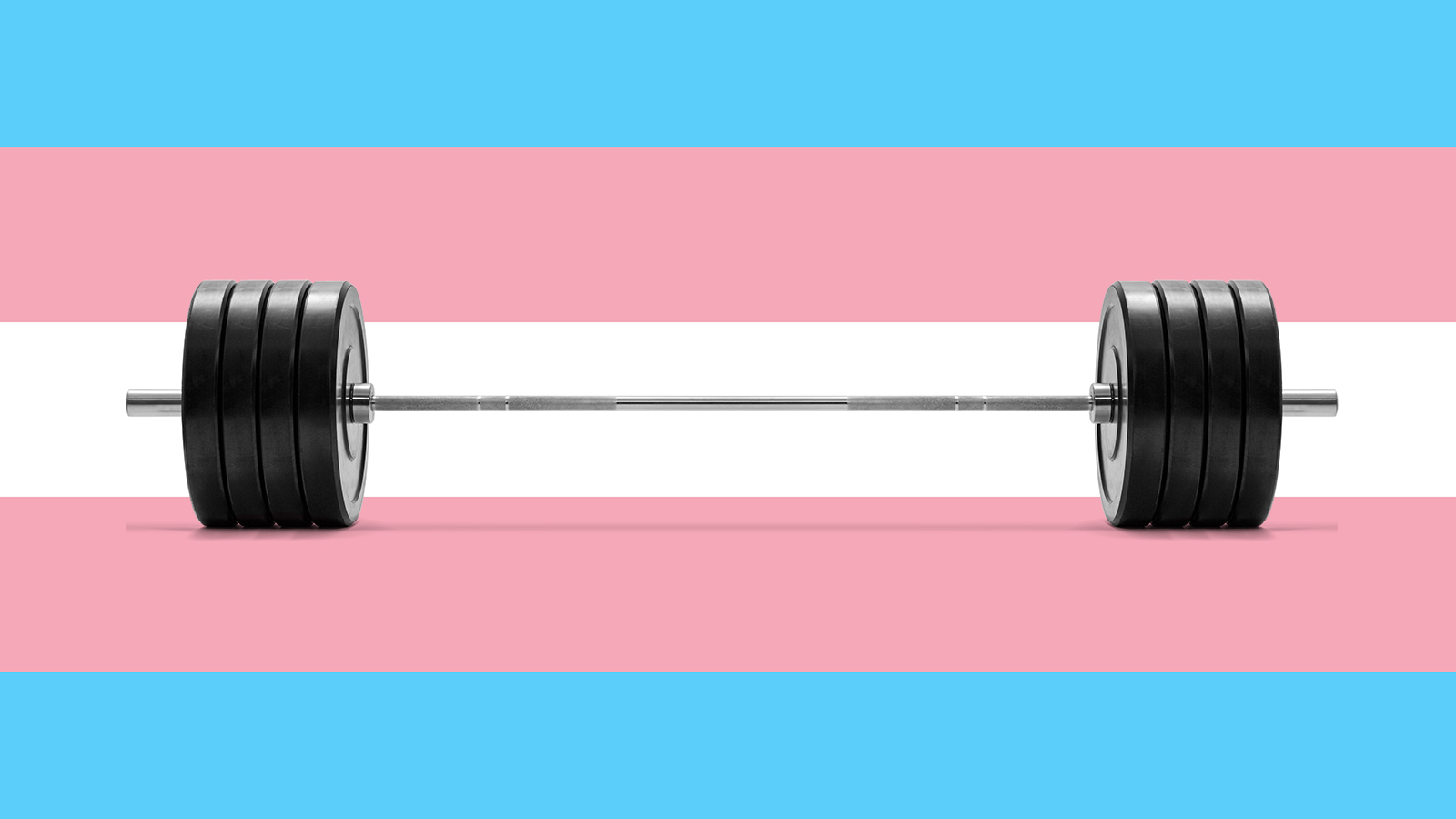Transgender detransition is a taboo topic, but data shows it’s on the rise

- Previous research based on data collected prior to 2015 found that just 1% of people detransition after undergoing gender-affirming therapy.
- However, studies conducted in the past few years find that the rate is likely between 2% and 10%. The apparent increase could be due to reduced scrutiny before starting hormone therapy.
- Transgender issues have unfortunately grown ideologically charged, even in the scientific community. Both transitioners and detransitioners deserve utmost and equal care and compassion, as well as unbiased scientific study.
In 2017, Dr. Kinnon MacKinnon, an assistant professor of social work at York University in Toronto, thought that transgender detransitioning wasn’t really a thing. Sure, a few people who undergo gender-affirming therapy halt or undo their medical interventions and re-identify as their birth sex, but they are so few in number that their experiences don’t even merit study. After all, doing so might provide empirical firepower to anti-trans forces, he reasoned.
Six years later, Mackinnon, a transgender man, has significantly shifted his stance on detransition. In the past few years, research, including his own, has shown that rates of discontinuing or reversing gender-affirming medical or surgical interventions are likely higher than thought. Even worse, some academics still refuse to study or acknowledge the matter at all, as he once did.
Transition is on the rise
“Gender care researchers, clinicians, and service developers have an obligation to understand these experiences and to develop tailored detransition related health and social care services as one part of comprehensive gender care,” Mackinnon wrote with his colleagues Pablo Expósito-Campos and W. Ariel Gould in an article published June 14th in the BMJ.
For years, transgender advocates touted large studies from the Netherlands and Sweden showing that rates of detransition are around 1% or lower. They also noted analyses showing that few transgender people regret their choice to transition. However, the findings of those studies were based on data collected before 2015, dating back as far as 1960.
In the last decade alone, transgender acceptance and visibility has greatly grown. This long-overdue attitudinal shift has been accompanied by skyrocketing rates of youth gender dysphoria, a sense of unease due to a mismatch between someone’s biological sex and their gender identity. According to a Reuters analysis published in 2022, new diagnoses among patients aged 6 to 17 grew from 15,172 in 2017 to 42,167 in 2021, nearly doubling between 2020 and 2021 alone.
A very small minority of these dysphoric youth actually begin the medical process of transitioning to a different gender, according to that same analysis. No more than 15% start taking medications to halt the onset of puberty or initiate hormone therapy.
This seems to indicate that medical professionals are taking a measured approach with youth before launching gender-affirming therapy. Alas, that may not be the case. In their standards of care for transitioning patients, WPATH (World Professional Association for Transgender Health) recommends a “comprehensive biopsychosocial assessment” before beginning a medical intervention, but they don’t specify how long the process should take, nor do they specifically detail what it should include, instead leaving it up to providers.
So is detransition
The seismic jump in youth gender dysphoria, along with vague pre-treatment assessment guidelines, and a lack of trained mental health professionals could lead to higher rates of detransition. Dr. Michael S. Irwig, a board-certified endocrinologist at Beth Israel Deaconess Medical Center who specializes in transgender health and a member of the faculty at Harvard Medical School shared his concerns on the topic in an article published last year in the Journal of Clinical Endocrinology & Metabolism.
“There is reason to believe that the numbers of detransitioners may increase. It is quite possible that low reported rates of detransition and regret in previous populations will no longer apply to current populations,” he wrote.
The most recent research appears to confirm Irwig’s worries. Studies conducted in the past few years find rates of detransition ranging between roughly 2% and 10%, higher than the 1% previously reported. Most of the research suffers from short follow-up times, small sample sizes, and significant rates of subjects dropping out. Overly hasty medical interventions are largely blamed for the apparent rise. After all, in those earlier studies from the Netherlands showing such low rates, psychological assessments lasting at least a year were required before any adolescent could physically transition.*
Now, at least in the U.S., gender care professionals often begin treatments much sooner, worried that any delay could result in patients self-harming. It’s a delicate and difficult balance. Clinicians certainly don’t want to prescribe therapies with potentially irreversible physical outcomes to people who won’t ultimately benefit, but they also don’t want distress from gender dysphoria to drive their young patients to suicide. More than 50% of transgender and non-binary youth in the U.S. considered suicide in 2022, according to a survey.
The path forward
Currently, most seem to be erring toward the latter consideration. As an unintended consequence, more people are transitioning whose gender dysphoria might not stem from mismatched sex and gender, but rather from some other psychological difficulties perhaps originating from anxiety, depression, or troubles at home.
“The full extent of regret and detransition in young people transitioning today, under vastly different circumstances than in the past, will not be known for many years,” Sarah Jorgenson, a pharmacist and PhD student at the University of Toronto wrote in an article published earlier this month in the Archives of Sexual Behavior.
When those who detransition are asked why they changed their minds, they frequently cite external factors like discrimination, pressure from family, and difficulties finding employment, as well as internal factors including worsening mental health, misogyny, and realizing that they launched their transition due to internalized homophobia. External factors are much more common, however, suggesting that discrimination against transgender individuals is still far too prevalent.
Even though detransition rates seem to be rising, WPATH has not released any guidance on how to care for these individuals. Mackinnon and his colleagues think that’s shortsighted. Both transitioners and detransitioners deserve utmost and equal care and compassion, as well as unbiased scientific study.
“Detransition research holds value for advancing the healthcare of all those who transition, and for responsibly moving gender care research and practice forward,” they wrote.
*Paragraph updated 6/21 to note a wider range of detransition rates from recent findings and to include the limitations of the research.





